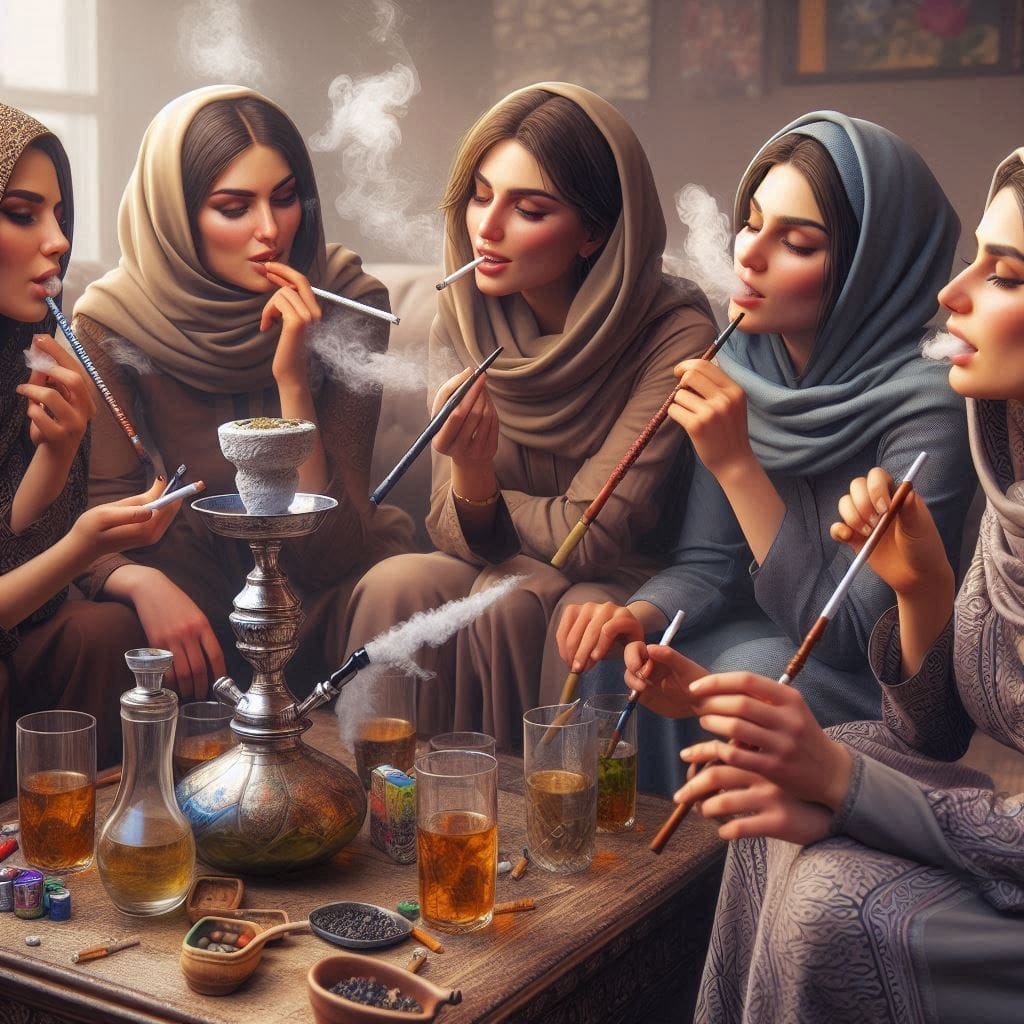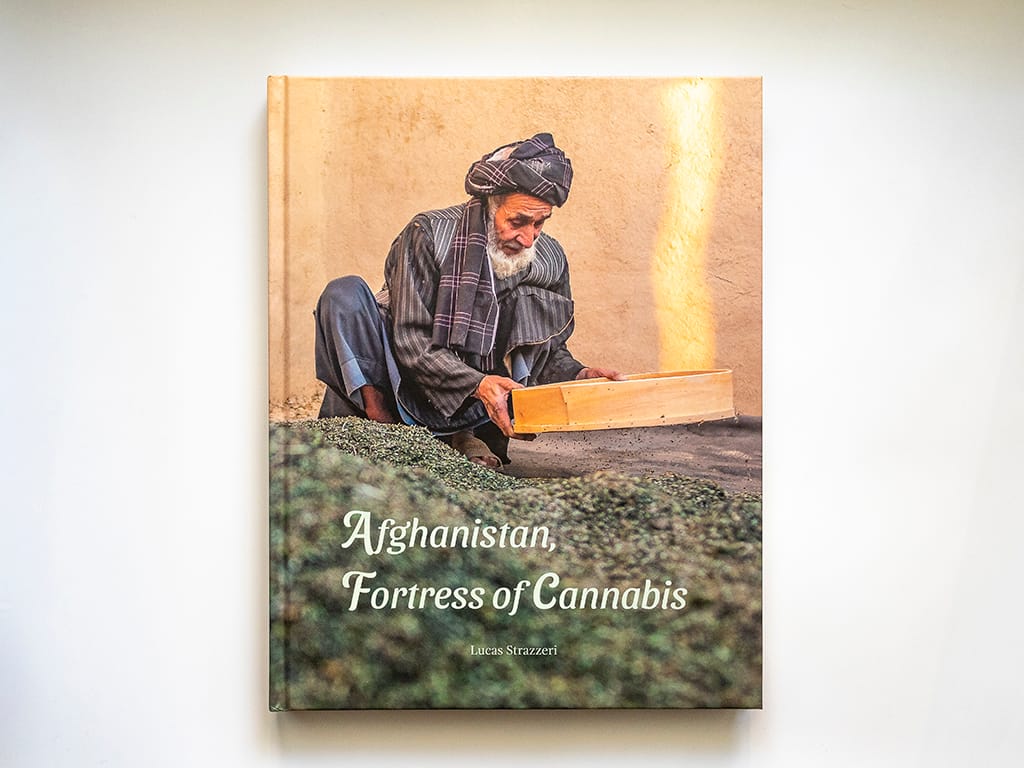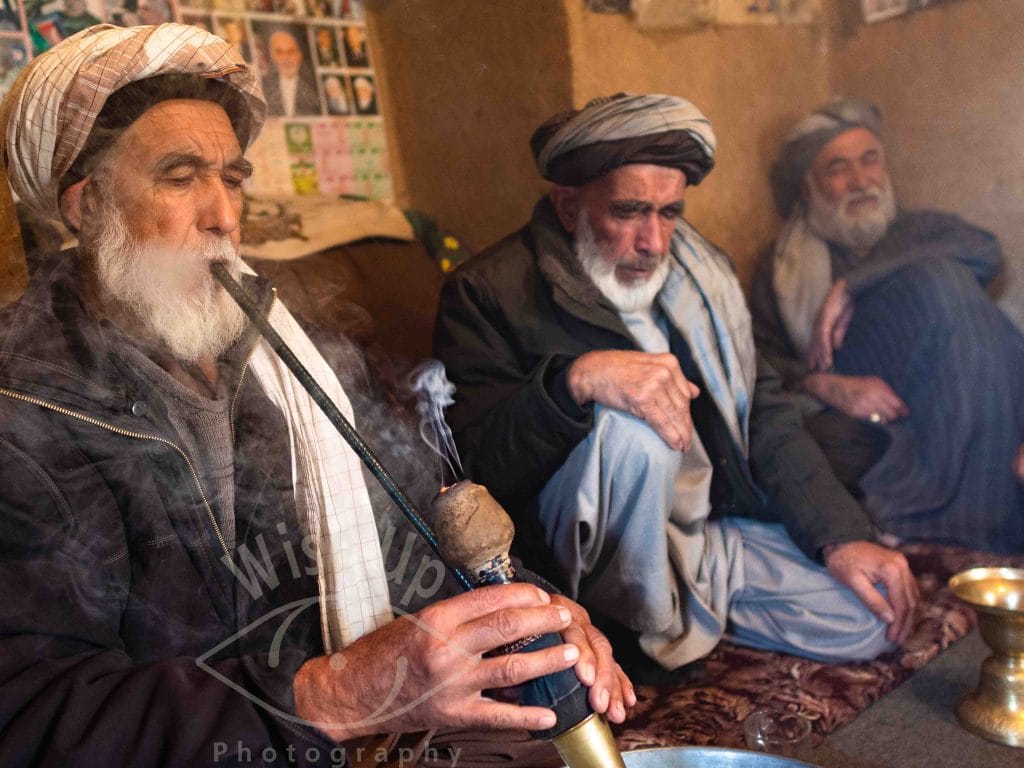Women and Hashish in Afghanistan: A Hidden Culture Behind the Veil
Afghanistan is a land of contrasts, where ancient traditions meet modern struggles, and where the rich complexity of its culture is often hidden behind the veil of secrecy and tradition. As the author of a photo book exploring Afghan cannabis culture, I have spent two months immersed in the world of Afghan hashish, documenting the rituals, traditions, and people who keep this ancient practice alive. Yet, one question I am frequently asked is whether I saw women smoking hashish during my travels in Afghanistan. The answer is both simple and complex, revealing much about the country’s cultural and religious fabric.

A Journey Through Male Spaces
During my time in Afghanistan in 2018, I was almost exclusively in the company of men. From the bustling streets of Mazar-i Sharif to the remote villages nestled in the foothills of the Hindu Kush, my interactions were limited to the male half of the population. This is not unusual in a country where gender segregation is deeply rooted in both tradition and religion. In Afghanistan, it is uncommon for men and women who are not from the same family to interact freely, especially in public spaces. This cultural norm is reinforced by Islamic principles, which emphasize modesty and the separation of genders in social settings.
As a photographer who traveled to other countries of the region, I wasn’t surprised. But whenever I walked the streets with my camera, women would often hide their faces or quickly retreat indoors. Taking photographs of women was not only culturally sensitive but often impossible. This dynamic extended to the chillum houses—traditional gathering places where men smoke hashish. These spaces were exclusively male, and I was always greeted and hosted by men. Even when we visited private homes, there was a clear protocol: the women and children would be ushered into separate rooms before we entered. This practice, who was to some extent surprising to me, is a reflection of the deeply ingrained respect for privacy and modesty in Afghan society.
The Unseen World of Women and Hashish
While I never saw women smoking hashish during my travels in Afghanistan, I did ask around about the topic. The men I spoke to acknowledged that some women in Afghanistan do smoke hashish, but it is done discreetly, away from the public eye. This is not surprising, given the cultural and religious expectations placed on women in Afghan society. Smoking hashish, like many other activities, is considered a private matter for women, often confined to the home or other secluded spaces.
To shed light on this hidden aspect of Afghan cannabis culture, I’ve included a video from an Afghan news channel below. The footage shows women smoking hashish, offering a rare glimpse into a world that is rarely seen by outsiders. This video underscores the complexity of Afghan society, where traditions and modern realities often coexist in unexpected ways.
Women’s Rights and the Taliban Takeover
The question of women’s rights in Afghanistan is a deeply fraught one, particularly in light of the Taliban’s return to power in 2021. When I visited the country in 2018, there were already significant challenges for women, particularly in rural areas. However, in cities like Mazar-i Sharif, there were signs of progress, with women attending universities, working in various professions such as in the post office, and participating in public life to a limited extent. The Taliban’s takeover has dramatically reversed many of these gains, imposing strict restrictions on women’s education, employment, and freedom of movement.
In this context, the idea of women smoking hashish takes on additional layers of meaning. For some, it may be an act of rebellion against a repressive regime. For others, it may simply be a way to cope with the hardships of daily life in a country that has been ravaged by decades of war and instability. Whatever the motivation, it is clear that the experiences of Afghan women are shaped by a complex interplay of cultural, religious, and political factors.
Understanding Cultural Differences
It is important to approach these topics with sensitivity and respect for the cultural and religious context in which they exist. Islam, like all major religions, has its own set of customs and traditions that guide the behavior of its followers. In Afghanistan, these customs are deeply intertwined with the country’s tribal and ethnic identities, creating a unique cultural landscape that can be difficult for outsiders to fully understand.
The separation of genders in Afghan society is not inherently oppressive; rather, it is a reflection of the values and norms that have evolved over centuries. While these practices may seem restrictive from a Western perspective, they are an integral part of the social fabric in Afghanistan. As outsiders, our role is not to judge but to seek to understand and appreciate the diversity of human experience.

Conclusion: A Hidden Culture Worth Exploring
Afghanistan’s cannabis culture is as rich and multifaceted as the country itself. While my experiences were largely confined to the male-dominated spaces of chillum houses and private gatherings, I am acutely aware that there is much more to this story than what I was able to witness firsthand. The world of women and hashish in Afghanistan remains largely hidden, a testament to the complexities of a society that is often misunderstood by the outside world.
By sharing these insights, I hope to shed light on a culture that is both ancient and ever-evolving. My photo book “Afghanistan, Fortress of Cannabis” aim to capture the essence of this culture, offering a window into a world that is as beautiful as it is complex. Whether you are interested in Afghan landraces, traditional hashish-making techniques, or the social dynamics of cannabis use, there is much to discover and appreciate.

As you explore these topics, I encourage you to approach them with an open mind and a respectful heart. The story of Afghan cannabis culture is not just about hashish; it is about the people, traditions, and history that make this country so unique. And while much remains hidden, what we can see is a testament to the resilience and creativity of the Afghan people.
Explore more about Afghan cannabis culture in my photo book, or browse my collection of postcards, posters, and fine art prints.

